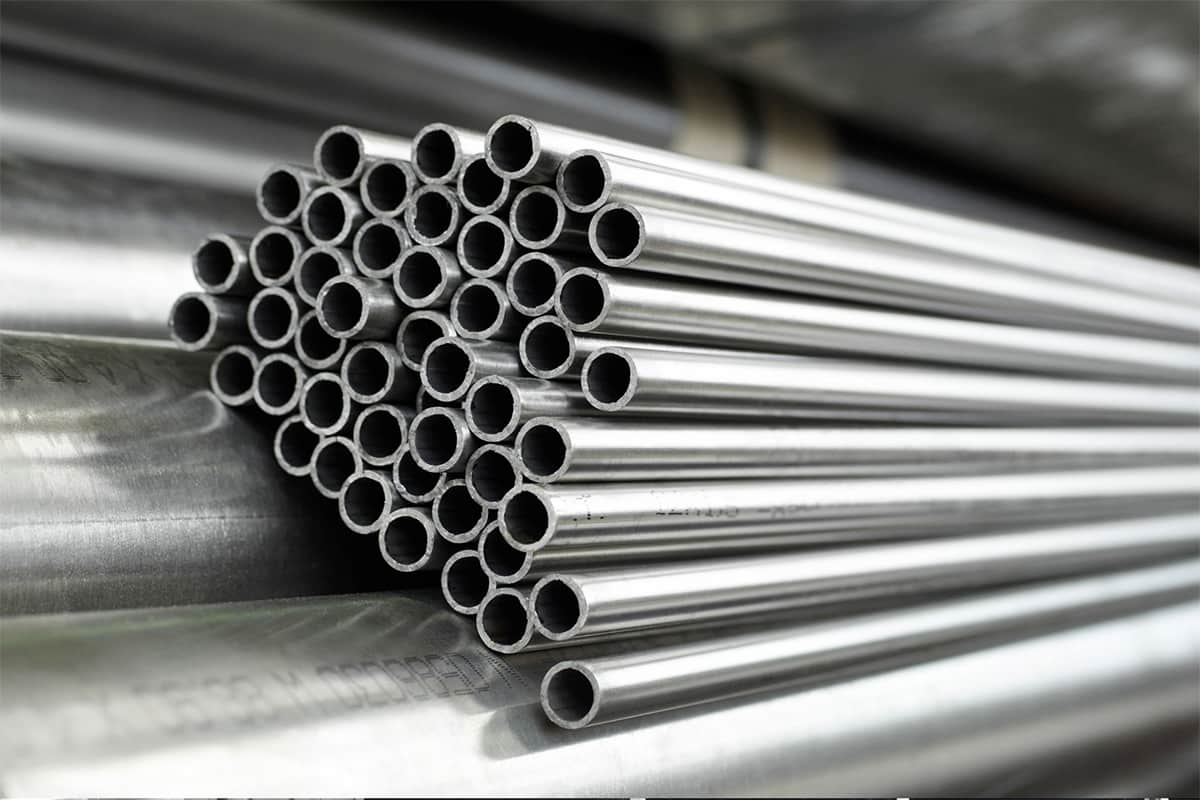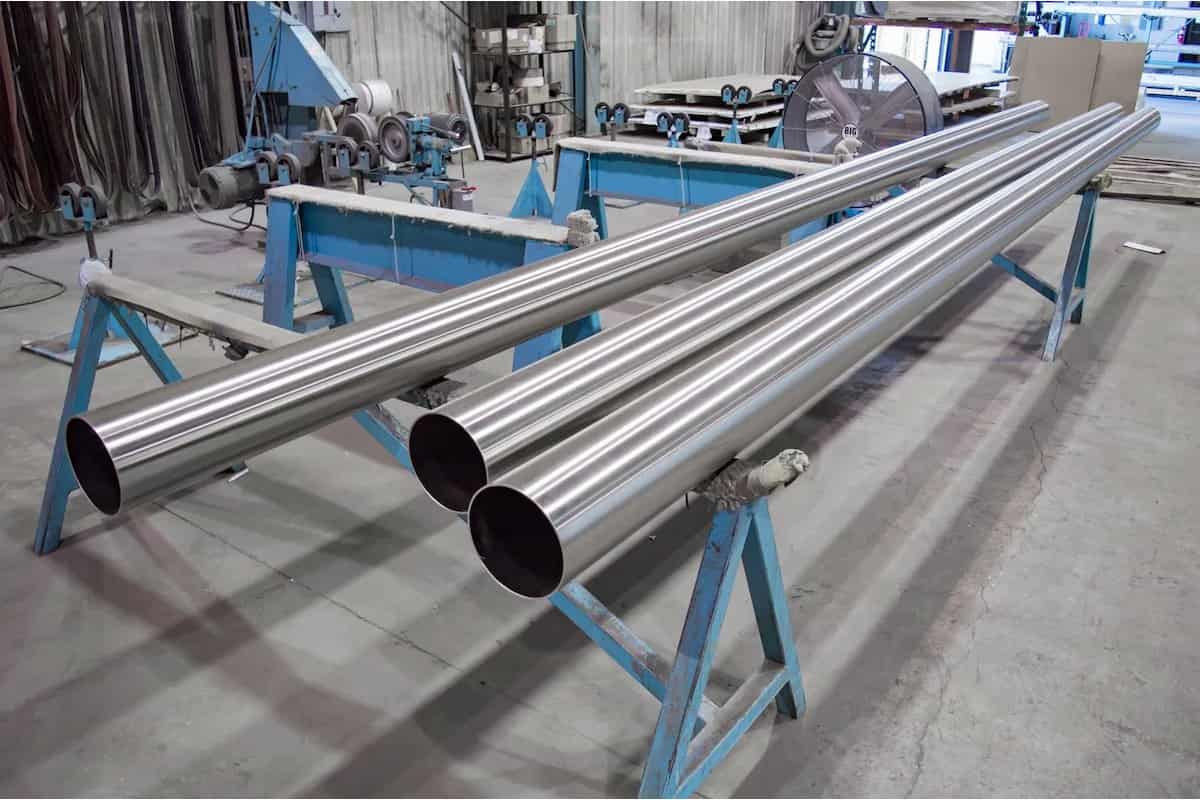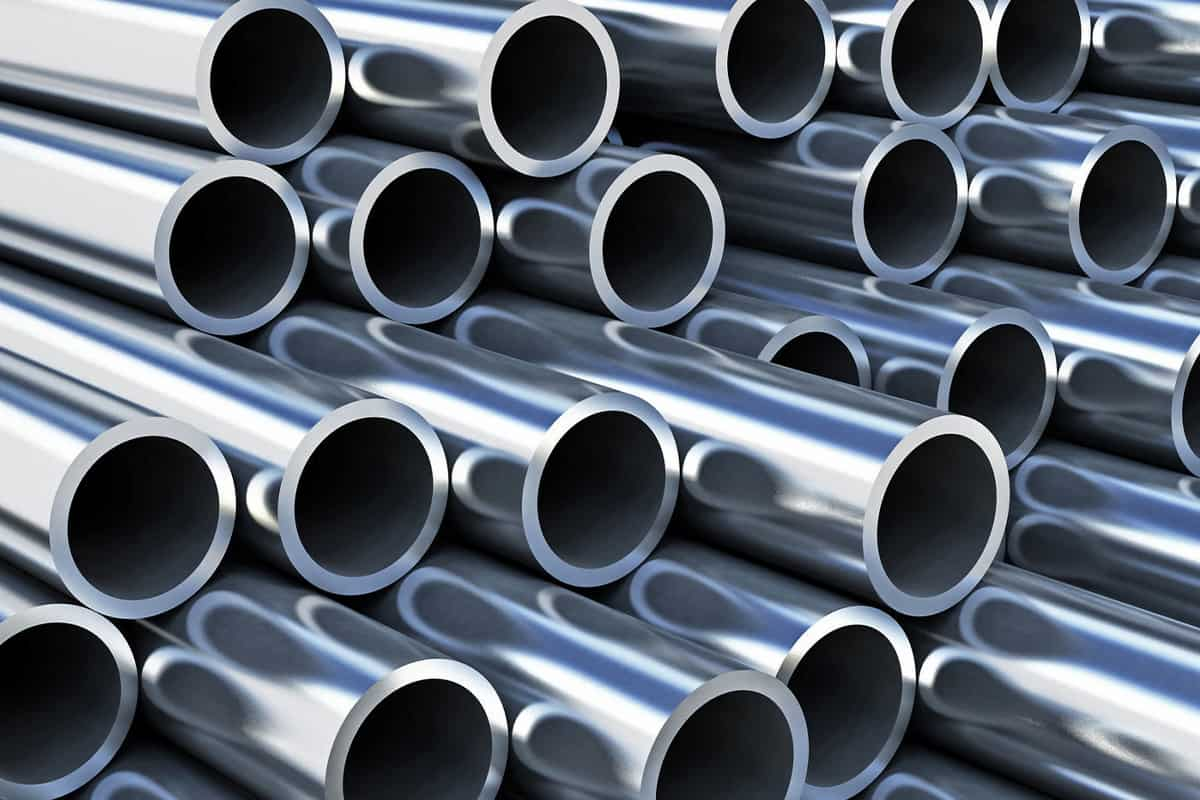There are a wide variety of steel tubes in the market that have different production processes as well. The production and use of steel pipes dates back to the early 19th century. The main material is steel tube. It is a combination of iron and other metals, such as aluminum, manganese, titanium, tungsten and other alloys. Used for protection against waste water, gas and even power lines.
Some notes you know about steel pipes, the quality of steel pipes is higher, the wall thickness of the tube is more.
Pipes used in gas pipes must be black or carbon steel. Outside of all steel tubes should be smooth and uniform. According to production procedure, steel pipes are divided into two types: welded and seamless.
Raw materials produced in welded and unbonded joints should be produced by one of the following methods: open furnace, electric furnace and oxygen furnace.
Based on compressive strength, steel pipes are divided into three methods: weighing, planning and coding.
These types of pipes must comply with the construction standards, materials, dimensions, weight, test and tolerance, including ISIRI, IGS, IPS, API, ASTM, AGA, MSS-SP and DIN.
Steel tube size described in NPS: nominal tube diameter, ID; inner diameter of tube, outer diameter, outer diameter of tube, SCH; Class, L length of steel tube and T thickness of steel tube wall.

All types of steel tubes are divided into seamless tubes and seam tubes according to the production method, steel tubes in Mannheim. In this section, production methods and programs are described.
Seam tube sealing tube, this type of steel tube is also known as welded tube, where a thin winding is cut according to the thickness and size according to the production tube, and after passing through the rollers, the round and the generated seam is welded.
For example, with this method, one of the tubes produced is the welded seam of galvanized tubes. After production, the tubes are immersed and melted in metal tanks, so the surface of the tubes is corrosion-resistant and rust-free. More
This type of seamless steel tube is scientifically known as seamless tube, i.e. seamless tube, so the manseman tube or seamless tube is called as steel tube and does not use the usual metal welding methods in its various stages of production. Mannheim tubes or otherwise the battery tubes are extruded with special molds.
Steel joints are one of the most widely used items in their connections plumbing systems. Steel pipe fittings are also used to connect the pipe during the fluid conveying process, split pipe pathways, change pipes, and change pipes into smaller or larger pipes to continue the pipe path.
At the same time, one of the kinds of steel pipe fittings is the use of tooth profiles that are produced according to different standards. The main material and material of these connections are made of steel or cast iron. These accessories are made in ISO standards and available in a maximum size of 6 inches.
All kinds of Bushing Steel Parts: Bushing is used to connect two pipes to each other Simple Sleeve: This sleeve is used to join the pipes into the same diameter

Adapter bushings: Adapter bushes are used to connect pipe columns with various screw diameters in the bush: This is another kind of bush which is threaded inside one side and on the other side.
Elbow: The elbow is used when the direction and direction of a pipe needs to be changed. The knees appear in different sizes and types, such as 90-degree knees, 45-degree knees, 90-degree-bed knees, and 45-degree flat knees. It’s nice to know that the difference between a normal knee and a gear knee. I mean, one side of the gear is attached out.
T: When the piping path requires bifurcation, three side internal gear, 90 degree or right angle, angle t-shirt, conversion and t-shirt. Production and sale 45 degrees.
Tube nut: The pipe nut is a removable connection which is used when we want to connect one end of the tube to another machine, such as: water tank, heater, water heater, etc. Main advantages of steel pipe
Steel pipes can be used in water, oil, gas, petrochemical, automobile, aerospace, shipbuilding, mining, electricity and other industries.
Steel pipes have high thermal and pressure resistance.
Suitable for oil well walls, bridge industry, towers and buildings for high posts, fences and sofas, traffic and tunnel construction.
Can be used as a gas pipeline for large industrial and domestic consumption
Use at very low or very high temperatures using special steel tubes
Galvanized and Coated Tubes Against Corrosion And Rust
It can be used in heat exchangers and steam condenser as well as radiant heating systems
Ability to produce steel tubes with different diameters and thickness – seamless and seamless

pipe manufacturing process
Metal pipes or steel pipes are used in various industries and large projects, based on various alloys, to carry liquids, and also have different production lines.
Metal tubular tubes are strong, rigid with low coefficient of thermal expansion. When planning a project to build or launch piping, you need to evaluate the different types of piping that will be used to do the work. Metal tubes for the Iranian market offer three types of human piping (seamless), black-folded pipes and galvanized pipes.
What is the metal tube (steel tube)?
The metal tube is cylindrical and on both sides it is open and hollow. These types of pipes are often used in various industries and projects. Metal tubes can be used in nuclear and nuclear power plants and oil refineries due to high pressure and thermal resistance.
This type of pipe is made of iron alloys. Metal tubing itself is divided into two categories: ferrous metal tubes and non-ferrous metal tubes. The fact that metal tubes are made of an important element called iron distinguishes it from non-ferrous tubes.
Advantage:
High resistance: These tubes have high strength against shock, vibration and pressure during transportation or installation and use.
High temperature resistance: these tubes have good resistance to high temperature water. This is why it is widely used as water pipe.
Low longitudinal expansion coefficient: This means that when the water temperature changes in these types of pipes, their length will change very little and will not cause any expansion or contraction problems.
100% permeability: The possibility of light and oxygen penetration is almost zero. Therefore, it cannot grow algae, which is only possible if there is light.
Fire Extinguisher: These tubes do not light fire and do not deflect fire due to the high melting point. In the industry, they are used as gas pipelines



